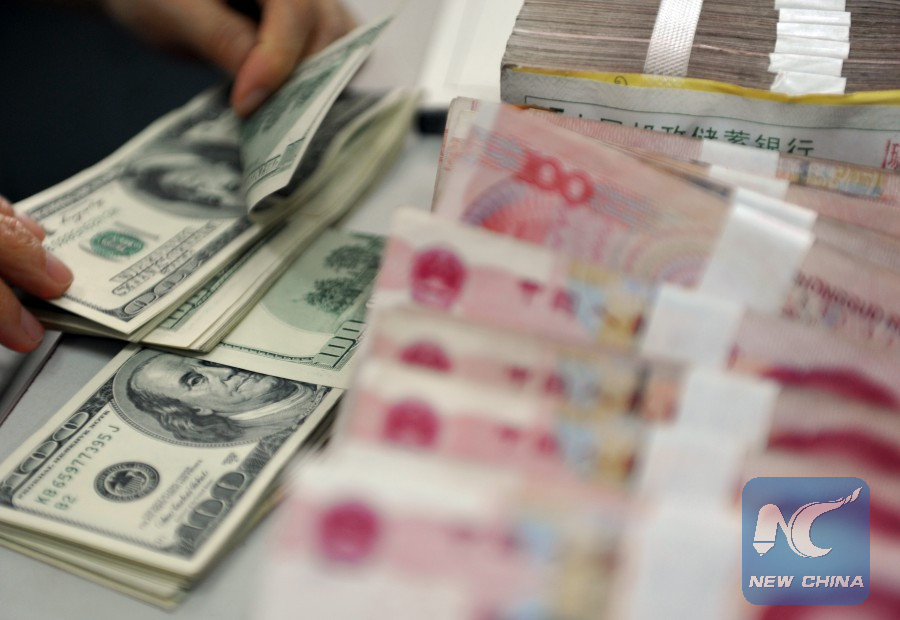Yuan’s inclusion could spark big reshuffle
- By Dan Steinbock
 0 Comment(s)
0 Comment(s) Print
Print E-mail Shanghai Daily, September 15, 2015
E-mail Shanghai Daily, September 15, 2015
|
|
|
[Photo/Xinhua] |
Before the summer, investment banks estimated that, in the medium-term, at least US$1 trillion of global reserves could switch into Chinese assets when, and if, the International Monetary Fund endorses the renminbi as a reserve currency.
However, a few weeks ago, the IMF recommended a delay of the inclusion. When will the IMF include the yuan in its basket and what will be the impact of that decision?
The IMF debate involves the review of its Special Drawing Rights (SDR). Created in 1969, the SDR is an international reserve asset, which today includes four major currencies: the US dollar, euro, British pound and Japanese yen.
China’s first effort to have the yuan included in the SDR basket took place at the previous IMF review in 2010. That attempt failed, due to inadequate capital account convertibility.
After half a decade, the Chinese government has made the liberalization of the capital account and the exchange rate a major priority. however, even if the liberalization is completed in due time, the inclusion is not automatic.
The IMF review consists of two steps. The first step requires that the currency country is a major trading nation. Today, China is the world’s largest exporter and second-largest importer. However, the currency should also be “freely usable.” In China, some capital account restrictions do remain. however, reforms are accelerating and in april the chief of the People’s Bank of China Zhou Xiaochuan vowed to make the yuan capital account convertible by the “end of this year.”
Full convertibility is not an explicit IMF requirement. For instance, the Japanese yen was seen as freely usable already in 1978; two years before Tokyo eliminated its foreign exchange controls.
The second step requires a final vote by its board. In practice, the renminbi needs a 70 percent majority in the final vote to become a reserve currency.







Go to Forum >>0 Comment(s)